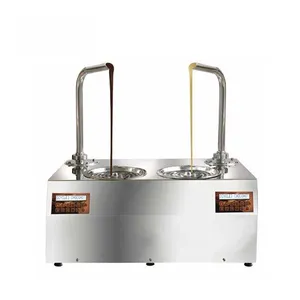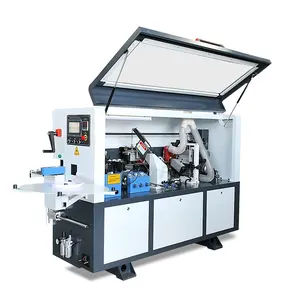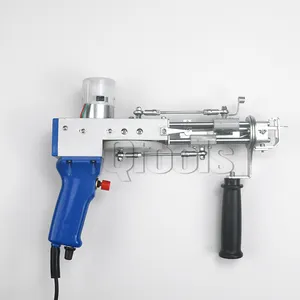Popular in your industry






















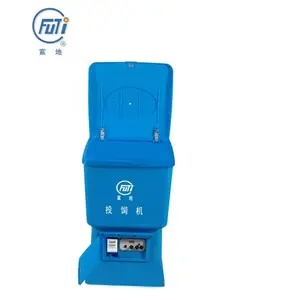

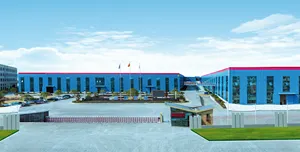


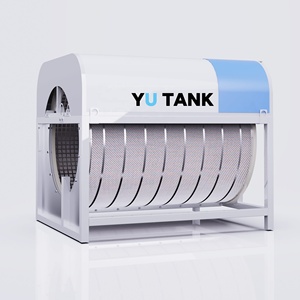
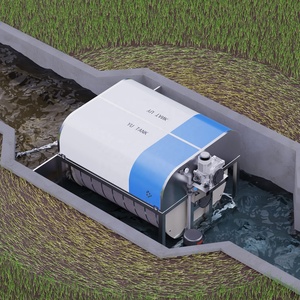












































Related Searches:












































































































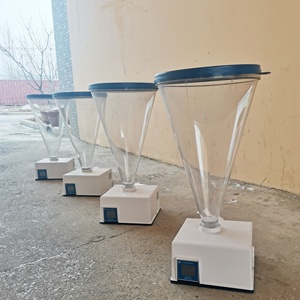































Top categories
About aquaculture automatic feeder
Exploring Aquaculture Automatic Feeders
Aquaculture automatic feeders are essential tools in the realm of fish farming and aquatic resource management. These devices play a pivotal role in maintaining the vitality of aquatic ecosystems by ensuring the timely and efficient distribution of feed. This introduction delves into the various aspects of aquaculture automatic feeders, their types, applications, features, and the materials used in their construction.
Types and Applications
The diversity of aquaculture feed systems caters to different water environments, from small ponds to expansive lakes. Each model is designed to address specific needs, whether it's for a private fish pond or a larger body of water in public spaces. The adaptability of these systems allows for a range of applications, ensuring that plant and aquatic life receive the necessary nutrients for optimal health, while also mitigating algae growth.
Design Features and Materials
Innovative design elements are at the heart of automatic fish feeders. Many models boast a paddlewheel mechanism, which not only distributes feed but also aerates the water, enhancing oxygen levels and expelling harmful gases. The construction of these feeders often involves a combination of durable plastics and metals, selected for their buoyancy and longevity. Additionally, corrosion resistance is a key feature, ensuring safe operation in various weather conditions.
Energy Efficiency and Environmental Safety
Energy efficiency is a critical aspect of sustainable aquaculture practices. Solar-powered options are increasingly prevalent, offering cost savings and environmental benefits. These eco-friendly choices underscore the commitment to sustainability within the aquaculture industry, aligning with the growing demand for green technologies.
Customization and Adaptability
Flexibility in customization allows buyers to find aquaculture equipment that fits their specific requirements. While the core function remains consistent, features such as packaging and branding can often be tailored to suit individual preferences, without compromising the integrity or functionality of the equipment.
Conclusion
The array of aquaculture automatic feeders available on the market today is designed to meet the diverse needs of fish farming and water resource management. By exploring the various types, features, and materials of these systems, buyers can make informed decisions to support the health of their aquatic environments. The emphasis on energy efficiency and customization further enhances the appeal of these essential aquaculture tools.

